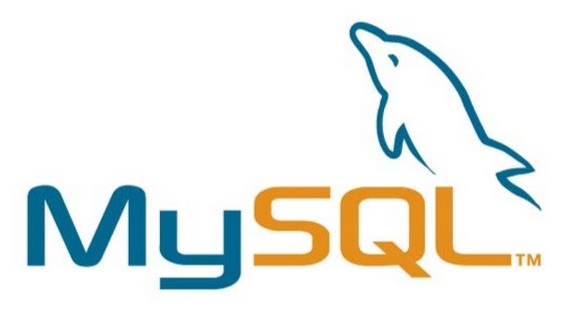I’ll give an example of a simple check of tables of all databases using mysqlcheck:
mysqlcheck -u root -p -A
Where the -u option specifies the user name under which to connect to MySQL, -p to request a password, -A to check the tables of all databases.
Example of restoring a specific database:
mysqlcheck -u root -p -r db_name
Example of restoring a specific table in the specified database:
mysqlcheck -u root -p -r db_name table_name
I’ll describe the possible startup options.
Checking all databases and their tables, except INFORMATION_SCHEMA and performace_schema:
--all-databases, -A
You can specify the list of databases using the option:
--databases, -B
Run all with one query instead of the individual for each database:
--all-in-1, -1
Analyze tables:
--analyze, -a
After checking, repair the damaged tables:
--auto-repair
Specify the address of the connection to the MySQL server (for example, if there are several):
--bind-address=ip_address
Connecting to the MySQL server on the specified node:
--host=host_name, -h host_name
Directory with character settings:
--character-sets-dir=dir_name
Checking the tables for errors (default):
--check, -c
Check the tables that have changed since the last check or that were not closed properly:
--check-only-changed, -C
Checking the tables for compatibility with the current version of the server:
--check-upgrade, -g
Data compression is transmitted between the client and the server if both support it:
--compress
Write and display debugging information (on the standard mysqlcheck test in Ubuntu 16.04 was compiled without debug support):
--debug=debug_options
--debug-check
--debug-info
Specifying the default character set:
--default-character-set=charset_name
Use only the specified parameter file:
--defaults-file=file_name
The following option makes the test longer and guarantees the integrity of the tables, it will also take a lot of time to recover and produce many unnecessary rows:
--extended, -e
Check only the tables that were not closed properly:
--fast, -F
Continue even in the case of SQL errors:
--force, -f
Faster than extended, there are 99.99% errors:
--medium-check, -m
Do not read the options files, however the .mylogin.cnf file will be read:
--no-defaults
See also my article – Connecting to MySQL from localhost without entering a password.
Optimize tables:
--optimize, -o
Specify the password when connecting:
--password[=password], -p[password]
TCP/IP port number for connection:
--port=port_num, -P port_num
Displaying the name of the program and all the parameters it receives from the parameter files:
--print-defaults
Specify the connection protocol:
--protocol={TCP|SOCKET|PIPE|MEMORY}
A quick method for checking tables, prevents scanning of lines for checking invalid links:
--quick, -q
Performing repairs:
--repair, -r
Quiet mode, only errors are displayed:
--silent, -s
Skip specified database:
--skip-database=db_name
Specifying the socket when connecting:
--socket=path, -S path
Connection using SSL:
--ssl*
Override -databases or -B, all the name arguments following the option are treated as table names:
--tables
Specifying a list of protocols separated by commas, which are allowed to be used for encrypted connections:
--tls-version=protocol_list
When recovering, get the table structure from the .frm file:
--use-frm
The MySQL user name that will be used when connecting:
--user=user_name, -u user_name
Detailed mode, more information is displayed:
--verbose, -v
Display version of mysqlcheck and exit:
--version, -V
See also:
Installing and configuring a MySQL server on Ubuntu
